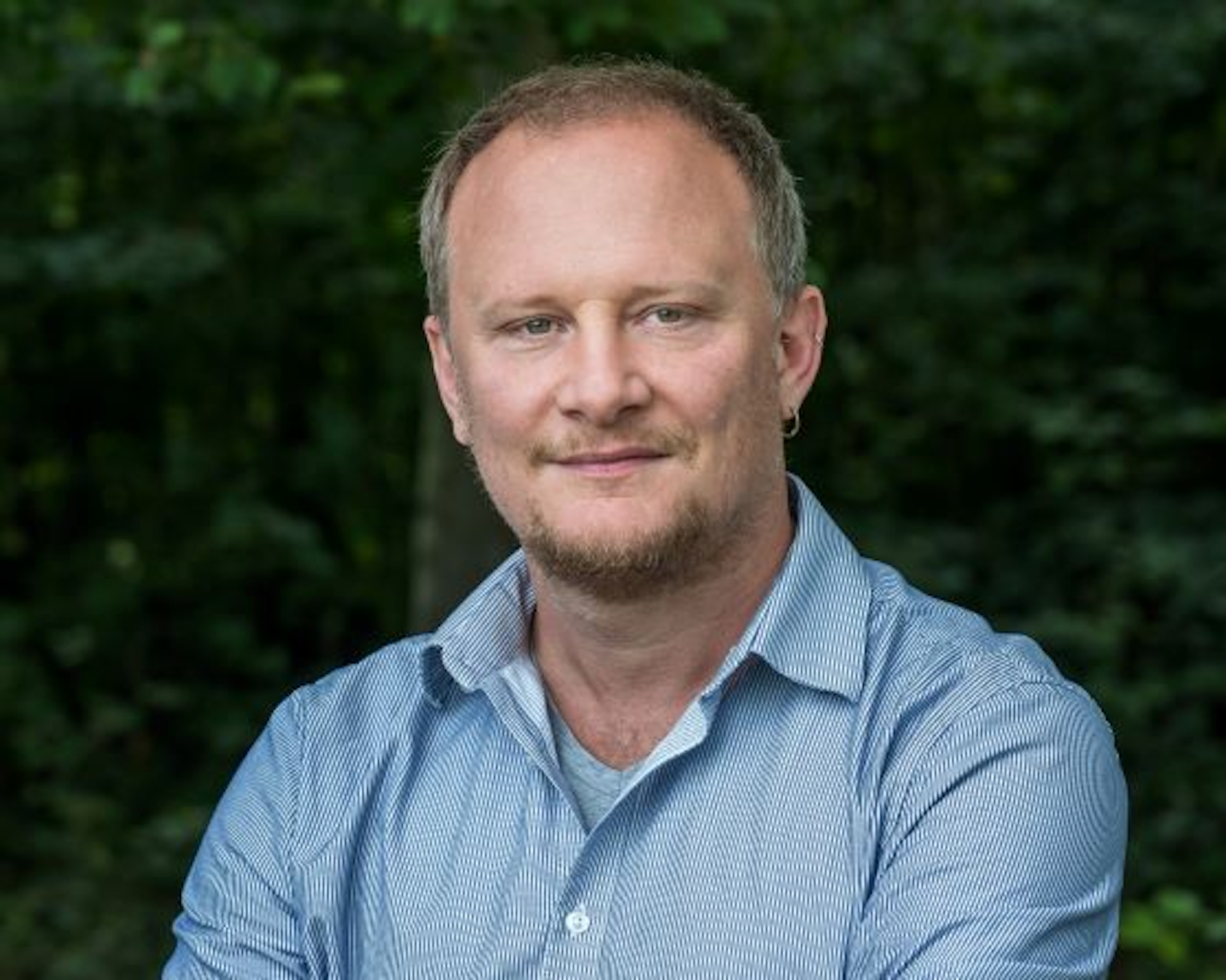The 11th edition of the Brunings Lecture
Thursday January 22, 2026 13:00 – 17:00
Compound floods: from the sea, from the land and from the air
Location
Pangea Lecture Hall, Victor J. Koningsbergergebouw, Budapestlaan 4a-b, 3584 CD Utrecht
Programme
13:00 Welcome with coffee & tea
13:25 Introduction
13:30 Main speaker: Paola Passalacqua
14:30 Break
15:00 Second speaker: Freek Huthoff
15:40 Intro to demo in the Metronome: Jana Cox
16:00 Drinks and compound flood in the lab
Abstracts
Prof. dr. Paola Passalacqua — Compound hazards in coastal urban systems: Interactions, impacts, and adaptation

Coastal urban communities face a growing convergence of acute and chronic stressors. Severe and frequent flood events interact with persistent challenges such as extreme heat, air pollution, and socioeconomic vulnerability, creating complex risk landscapes. Flooding in these regions often results from multiple sources—riverine, pluvial, and coastal—whose combined impacts can amplify damage and hinder recovery. Understanding these interactions is essential for developing adaptation strategies that address multi-hazard risks under resource constraints.
In this lecture, I will explore the nature of compound hazards in coastal urban environments and the scientific and practical challenges of translating climate projections into hydrological predictions and actionable adaptation strategies. Drawing on research from the Southeast Texas Urban Integrated Field Laboratory (SETx-UIFL)—a large interdisciplinary initiative funded by the U.S. Department of Energy—I will highlight efforts to advance the science of compound hazards and co-develop solutions with municipalities, industries, and community organizations. The presentation will feature work from my group on rainfall pattern analysis, high-resolution compound flood mapping, and detection of flood-heat interactions, alongside broader center activities spanning climate modeling, hydrology, urban planning, and social vulnerability assessment. I will conclude by discussing key challenges and opportunities for building resilience in coastal urban systems under a changing climate.
Dr. Fredrik Huthoff — Not learning from floods in Mozambique with the Dutch

The year 2025 marks the anniversary of 50 years of cooperation between the Netherlands and Mozambique. Water management has been a constant factor during this cooperation, including focus on the devastating floods that frequently affect large parts of the country. This talk explores why learning from the floods has been so difficult. Are some aspects from the “Dutch approach”, such as the river basin perspective, addressing governance, designing to reduce impact, and investing in more and better data and models all without downsides?
Dr. Jana Cox and group — Metronome Lab demonstration: compound flood Ketelmeer / IJssel-Vecht delta

The low-lying IJssel-Vecht delta in the Lake IJssel / Ketelmeer (a side lake in which the delta is located) is susceptible to flooding by the river and by storm surges. Recently, it was proposed to build islands in the Ketelmeer to reflect or dampen the storm surges while allowing the river flow to pass unhindered (a so-called Venturi valve). But does that work? Jana and colleagues and students investigated this in an analog model in the UU Metronome and will explain context and setup briefly and then run the demonstration during the drinks.

